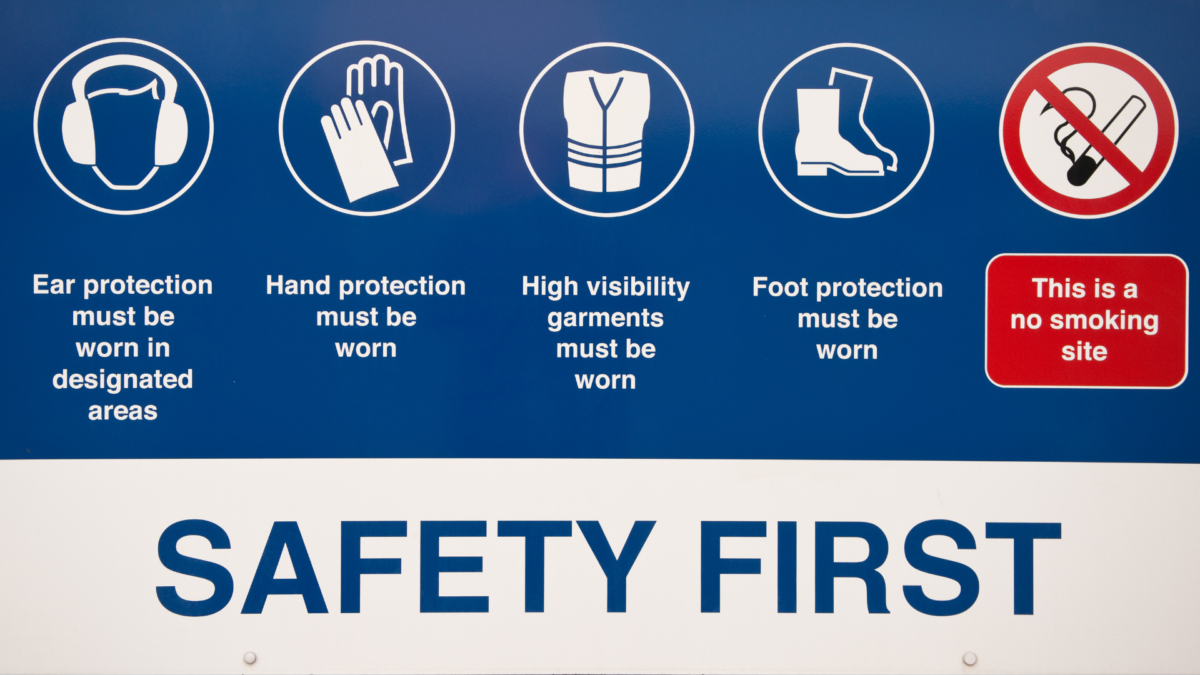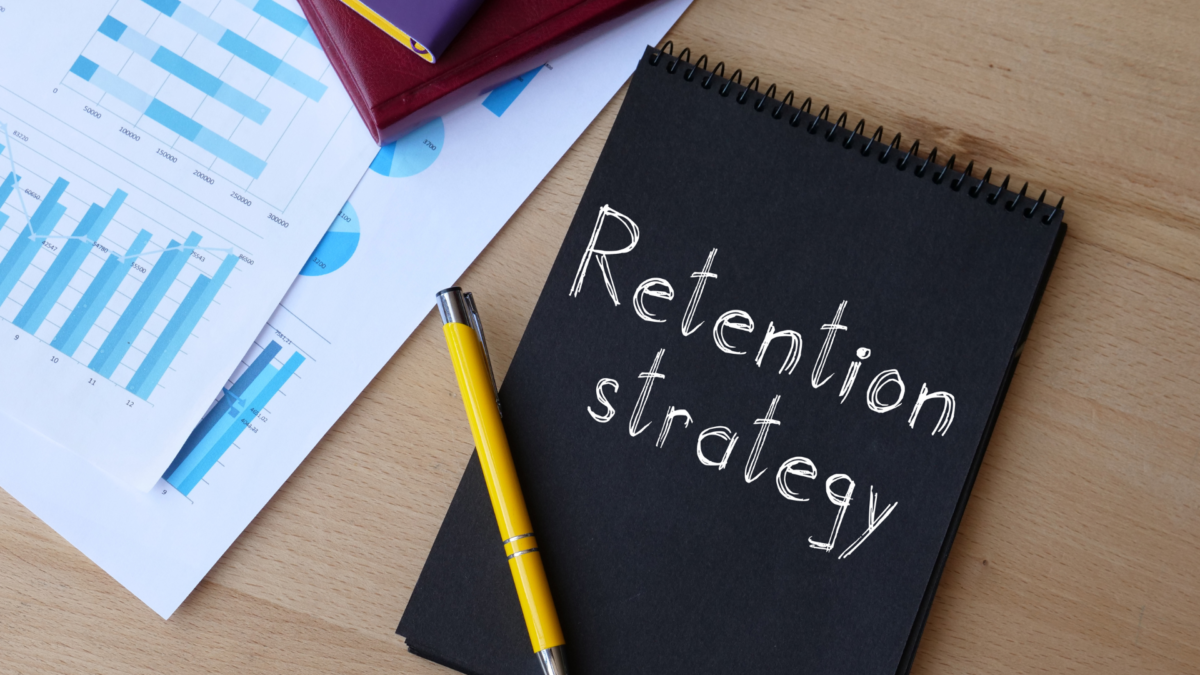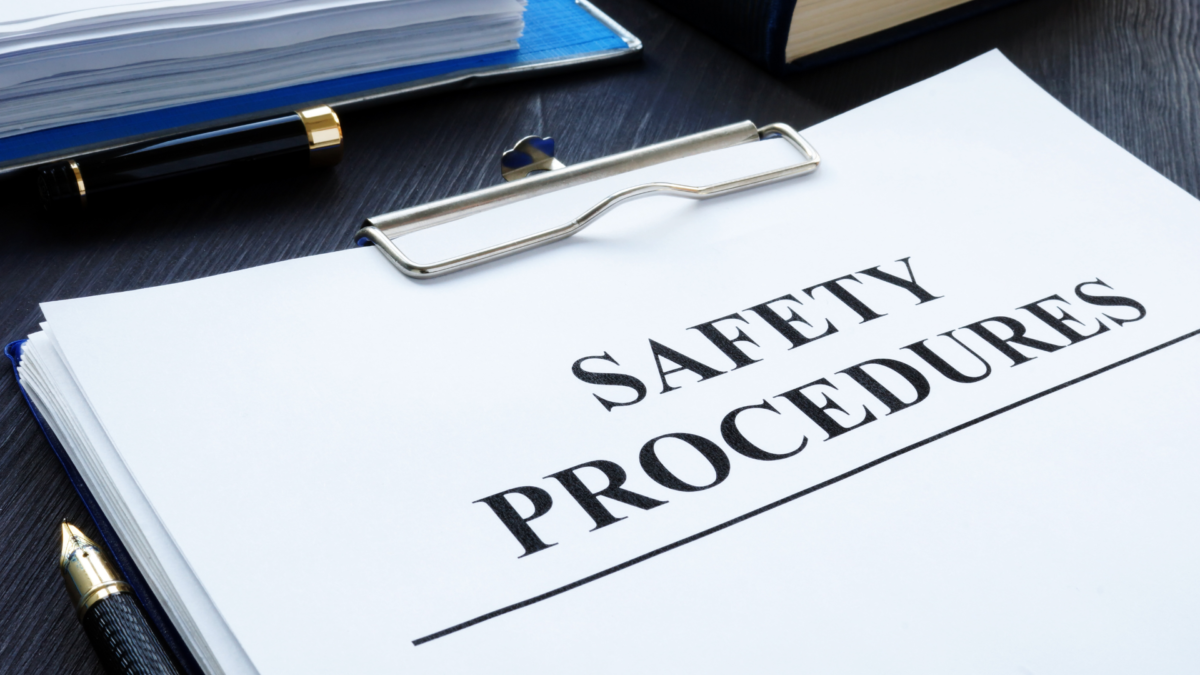There are numerous reasons businesses choose to relocate, from seeking a more favorable tax environment to finding a location with better access to talent. Understanding the benefits of relocating can lead to improved operational efficiency and growth opportunities. Business relocation requires careful planning and consideration to ensure that the transition enhances the company’s prospects.
Moving a business is not just about changing addresses; it involves evaluating new markets, potential customer bases, and logistical challenges. A strategic approach to relocation can minimize disruptions and align the business with its long-term goals.
With the right preparation, any business can successfully transition to a new location that supports its mission and enhances its competitive edge. Recognizing when it’s time to move can be a crucial factor in sustaining growth and innovation.
Evaluating the Reasons for Relocating
Considering the decision to relocate a business involves multiple factors, including the potential for growth and the overall environment for employees. Key areas of focus include market opportunities and the quality of life associated with various locations.
Assessing Business Growth and New Markets
When a business is evaluating relocation, assessing growth potential in new markets is crucial. A thorough analysis of the target market’s demographics, purchasing behaviors, and local competition can provide valuable insights.
Factors to consider:
- Market Demand: Identifying unmet needs can indicate opportunities for expansion.
- Competitor Presence: Areas with fewer competitors may offer a better chance for success.
- Economic Development: Regions with active economic initiatives often provide incentives for new businesses.
Access to skilled labor is another critical consideration. A location with a strong talent pool can aid in recruitment efforts. The decision to relocate should balance these aspects to optimize growth potential.
Considering Quality of Life and Cost of Living
The quality of life in a potential new location significantly impacts employee satisfaction and retention. Businesses should evaluate housing, education, healthcare, and recreational options in the area.
Important elements include:
- Cost of Living: Lower costs can lead to increased employee discretionary income, contributing to job satisfaction.
- Lifestyle Opportunities: Access to cultural and recreational activities can enhance employee morale.
A favorable work-life balance can attract top talent, making locations with a higher quality of life more appealing. Evaluating these dimensions plays a vital role in the decision-making process regarding relocation.
Planning Your Business Relocation
A successful relocation requires a strategic plan that addresses both logistical and legal aspects. Proper preparation ensures that the transition is smooth and compliant with regulations. This can include consulting with professional immigration attorneys in Wilmington, DE, or from elsewhere, to provide guidance throughout the process. They can offer necessary information on the local regulations and requirements, thus helping you set up your business smoothly in its new location.
Developing a Comprehensive Relocation Plan
Creating a detailed relocation plan involves several key steps. First, a timeline should be established to outline each phase of the move. This includes important milestones such as securing a new location, coordinating with vendors, and scheduling the actual move date.
Next, an inventory of current assets should be taken. This helps in deciding what to keep, sell, or discard. A budget must also be established, covering moving costs, new equipment, renovations, and potential downtime.
Engaging employees in the planning process can improve morale and ensure a seamless transition. Communication regarding changes, expectations, and support available to staff can alleviate concerns.
Additionally, consider using a project management tool to track progress, assign tasks, and manage deadlines effectively. This organized approach enhances accountability and helps prevent oversights.
Addressing Legal and Administrative Changes
Relocating a business involves navigating various legal and administrative requirements. It’s essential to research and obtain all necessary permits and business licenses relevant to the new location. This may include local zoning regulations and health permits depending on the industry.
Updating corporate documents is critical. This could entail filing articles of dissolution or amendments to the certificate of good standing if changing the business structure. Furthermore, if operating in a different state, consider foreign qualifications to legally conduct business.
A registered agent may also need to be appointed or updated, as they handle legal correspondence. Additionally, sending a change of address notification to clients, suppliers, and financial institutions is important. This ensures all stakeholders are informed and prevents disruption in communications and services.
The Logistics of Moving a Business
Moving a business involves careful planning and execution. Key considerations include selecting an optimal new location and understanding the various costs associated with the relocation process. The location of a new business is subject to discussion by the leaders of the business. Whereas, the logistics of moving office items like furniture, office documents, or valuable electronic equipment can be relayed to professionals. For example, there are many local movers in Charlotte and other areas who can customize the moving experience according to business requirements. From the packing with the proper equipment, to removal of things that are no longer needed, these experts can make sure everything is transported safely to the new location without any hassle on the part of the business owners.
Selecting a New Business Location
Choosing a new business location requires evaluating factors such as market access, competition, and workforce availability. Business owners should consider the following:
- Market Demographics: Understand the target audience in the new area.
- Competitors: Assess the density of competitors nearby.
- Zoning Requirements: Ensure the new site complies with local regulations.
The availability of commercial leases is crucial. Short-term leases may offer flexibility, while long-term options can provide stability. It’s also important to measure the potential impact on customers and employees, particularly regarding accessibility and convenience.
Understanding Moving Costs and Budgeting
Moving expenses can quickly add up. Key costs may include:
- Professional Movers: Hiring experienced movers can streamline the process but will incur additional charges.
- Employee Relocation: Support and assistance for employees willing to move can impact the budget.
Hidden costs often arise from permits, utility setup, and unforeseen delays. Additionally, professional movers may charge extra for services such as packing, long carries, or handling bulky items. To avoid unexpected expenses, it’s essential to get detailed quotes from moving companies and clarify any potential hidden fees upfront. To ensure a smooth move, look for trusted professionals with positive reviews. Start by searching online for “moving companies near me” to find reputable movers who offer transparent pricing and reliable service.
Overhead costs are another consideration, as the new location may have different operational costs. Business owners should conduct a comprehensive cost analysis to ensure long-term financial viability.
After the Move
Transitioning a business to a new location requires careful planning and execution. Key areas of focus include establishing operations in the new environment and assessing the impact on the community and the business’s long-term viability.
Establishing Your Business in the New Location
After relocating, a business must quickly establish its presence. This involves registering with local authorities and obtaining necessary permits to operate legally. Understanding local regulations is crucial for compliance.
Business formation steps may include:
- Updating registration information
- Acquiring relevant licenses
- Setting up utilities and service providers
Foot traffic analysis is vital for retail businesses. Identifying high-traffic areas can influence marketing strategies and store layout. Additionally, assessing crime rates in the new area helps determine safety measures. Businesses should also explore business insurance options that address specific regional risks.
Embracing the local climate, whether economic or environmental, can impact employee well-being and productivity, particularly for those adopting remote work policies.
Evaluating the Community and Economic Impact
Assessing the new community’s characteristics is essential for business growth. Engaging with local organizations can provide insights into economic conditions and community needs.
Businesses should analyze local demographics to tailor products and services effectively. Understanding the community’s economic impact reveals opportunities for collaboration and partnership.
Factors to consider include:
- Local competition landscape
- Availability of skilled labor
- Supportive infrastructure
A business must also monitor its impact on the community. Positive contributions can enhance reputation and foster loyalty among local consumers. By prioritizing community engagement, a business can create a mutually beneficial relationship that supports growth and stability in the new location.









